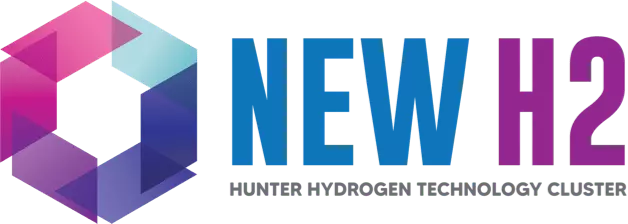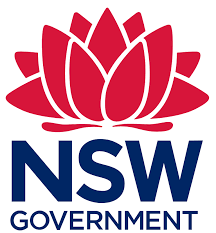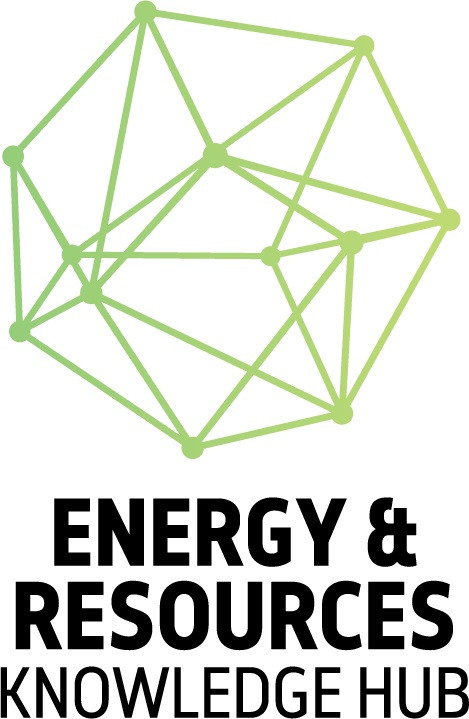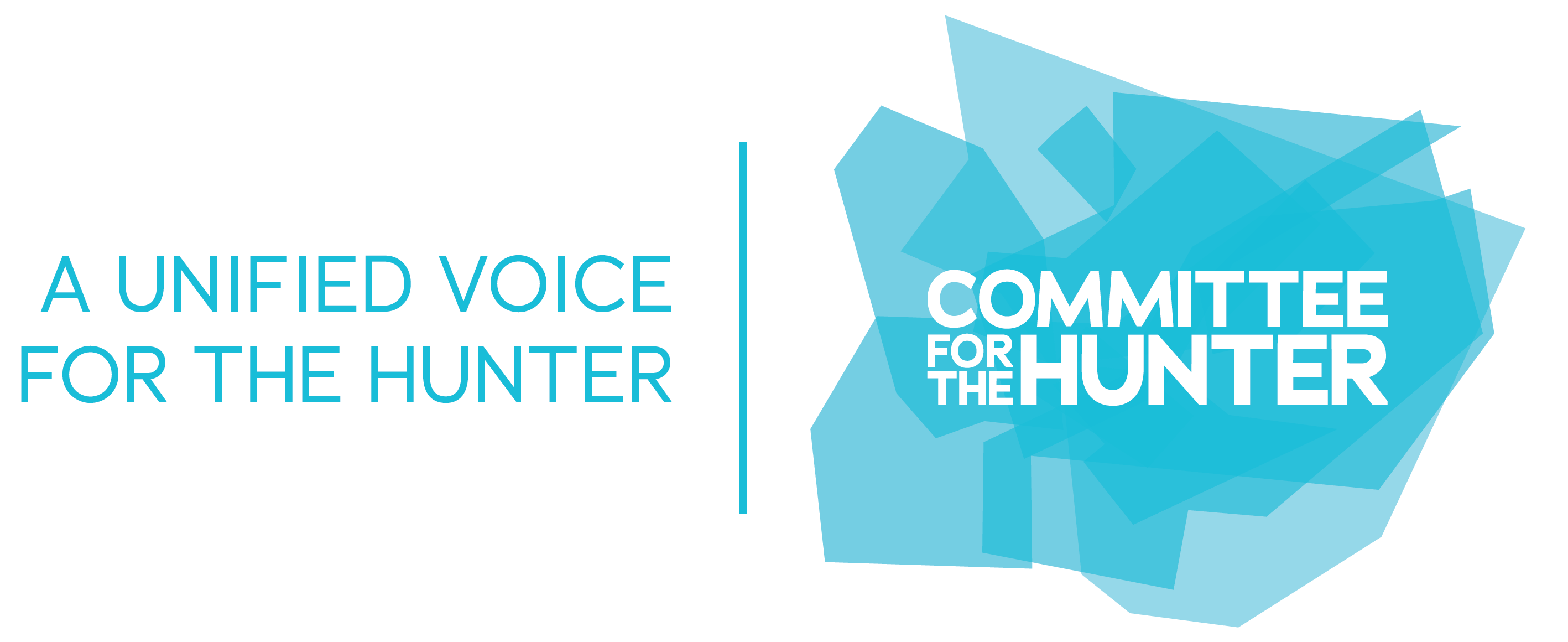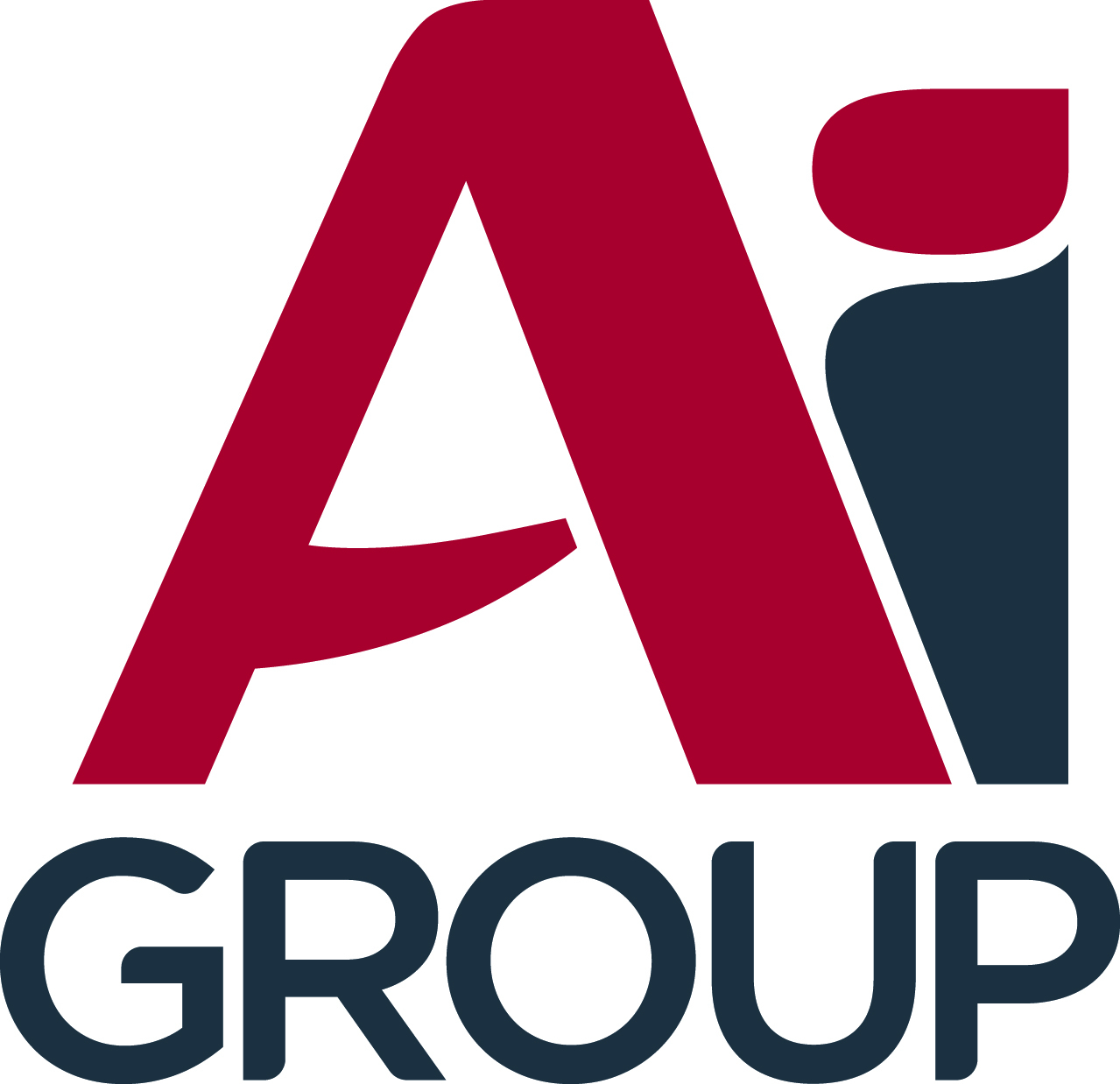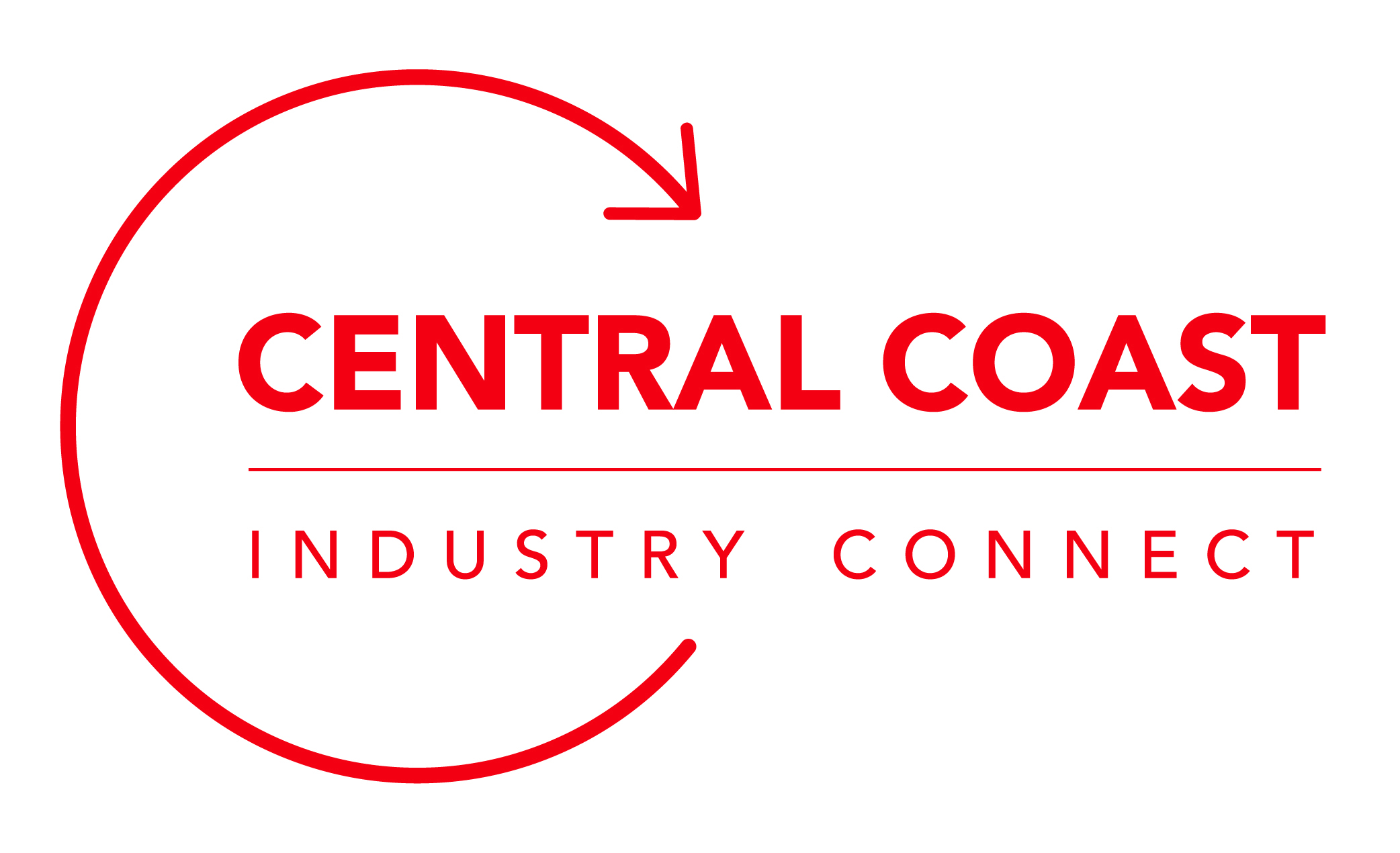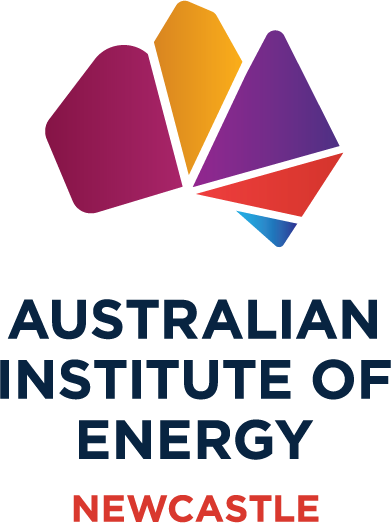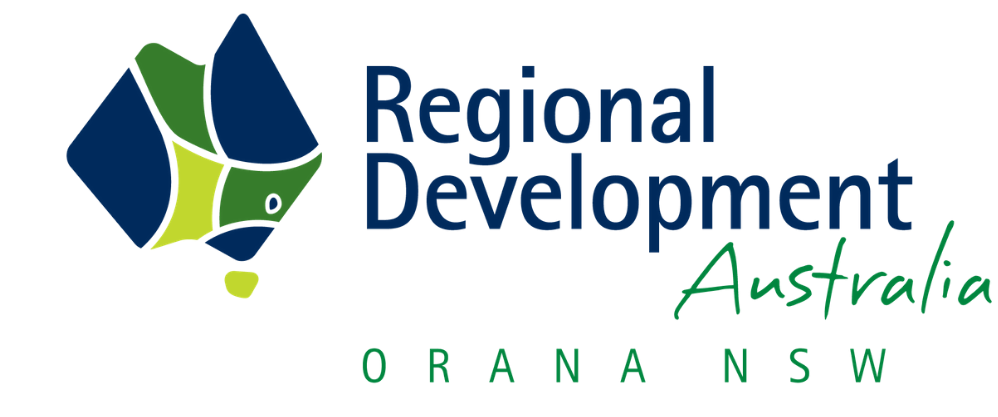Hydrogen supply roadmapping informs 6 key principles for sector advancement
The UNSW Sydney-led HySupply Australia Consortium has released a supply-side roadmap for developing a green hydrogen export supply chain to Germany.

The HySupply Supply-Side Roadmapping Exercise, developed by UNSW Sydney and Deloitte, involved consultations with more than 50 hydrogen experts across industry, academia, government and relevant agencies. HySupply is a joint collaboration of industry and academia consortia in both Australia and Germany, supported by their respective federal governments.
Six key findings were identified during the stakeholder consultation. These have been translated into guiding principles that Australia can consider in its transition to becoming a hydrogen export leader:
- The willingness of international buyers to pay for Australian exports of green hydrogen is still uncertain at this very early stage of industry development, and will largely rely on clarifying the preferred forms of hydrogen matched to end-use applications, acceptable green price premiums and appropriate embodied carbon emissions for ‘green’ imports to Germany.
- To attract investors, states and territories in Australia must have clear, harmonised and streamlined regulations to develop industry confidence and to attract investors. This will need to include agreed Guarantee of Origin Schemes for hydrogen and its derivatives.
- Governments can best assist ‘first-movers’ by helping to bridge the price gap between importers (‘buyers’) and exporters (‘sellers’), as well as underwriting off-take agreements, providing investment security for project developers.
- Many in industry are growing frustrated with repetitive hydrogen feasibility projects that provide limited practical experience for overcoming the challenges and uncertainties in green hydrogen export, and would like to see prioritisation of scaled-up pilots and projects.
- There are significant hurdles involved in scaling to export scale across the green hydrogen value-chain (electrolysers, buffer storage, transportation via pipeline, liquification and/or green derivative conversions, hydrogen-ready ships, hydrogen loading/unloading at ports etc.), including sourcing enough land, water and renewable generation.
- The full decarbonisation of established processes for producing hydrogen carriers, such as ammonia and methanol, may require a transitionary period, as the use of variable wind and solar pose challenges for the conventional continuous industrial processes currently used for their production.
The race is on for potential green hydrogen exporters to demonstrate their capabilities and establish the necessary infrastructure to deliver growing amounts of clean energy and hydrogen feedstocks for industry in key markets in Europe and Asia. Australia is well placed to become a major exporter but needs to move fast to deliver. For Australian green hydrogen exports to the world, there is much to be optimistic about, but much much more to be done.
This Roadmap follows the release of The Case for an Australian Hydrogen Export Market to Germany: State of Play and a set of open-source HySupply Cost and Transportation Tools.
UNSW welcome and seek stakeholder feedback on this report, HySupply Supply-Side Roadmapping Exercise.
